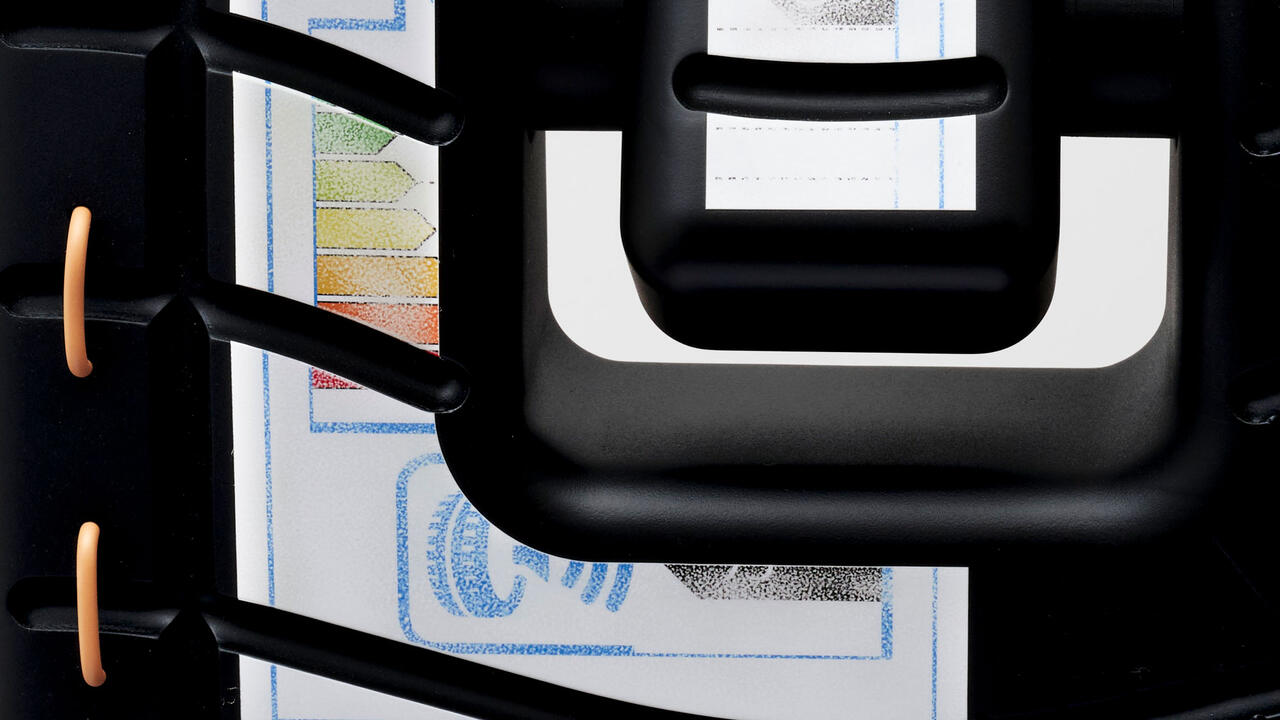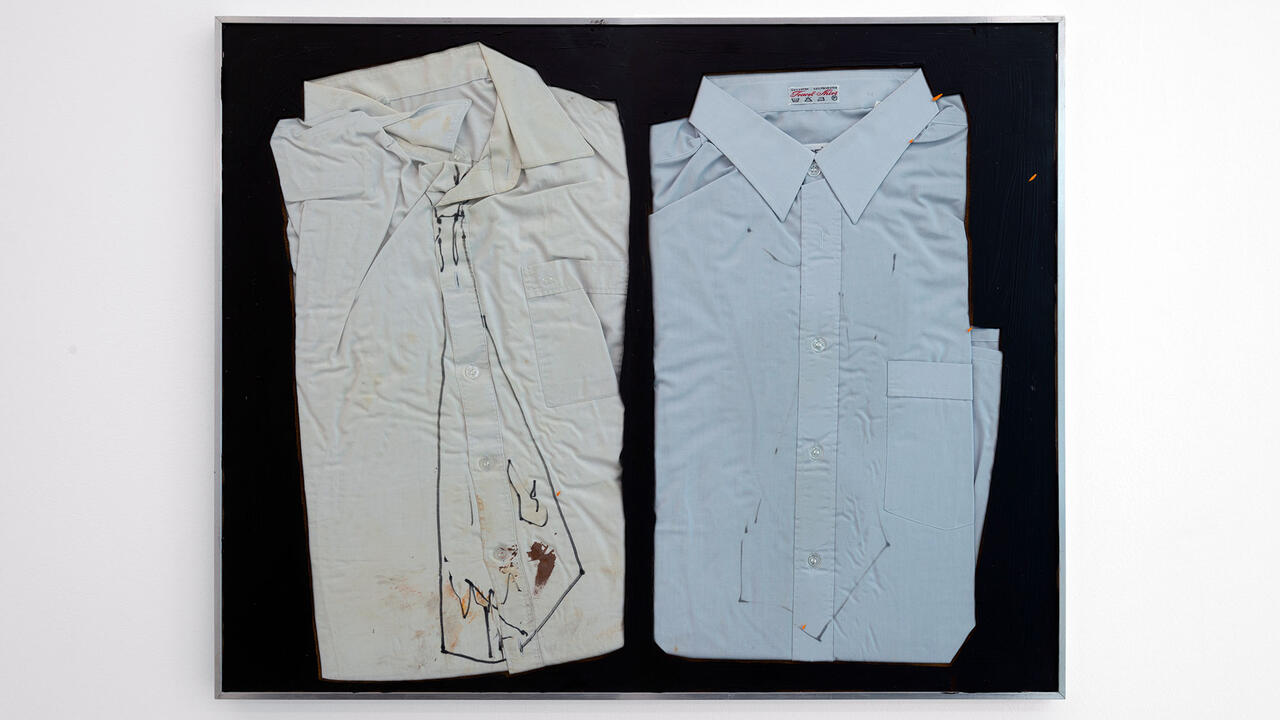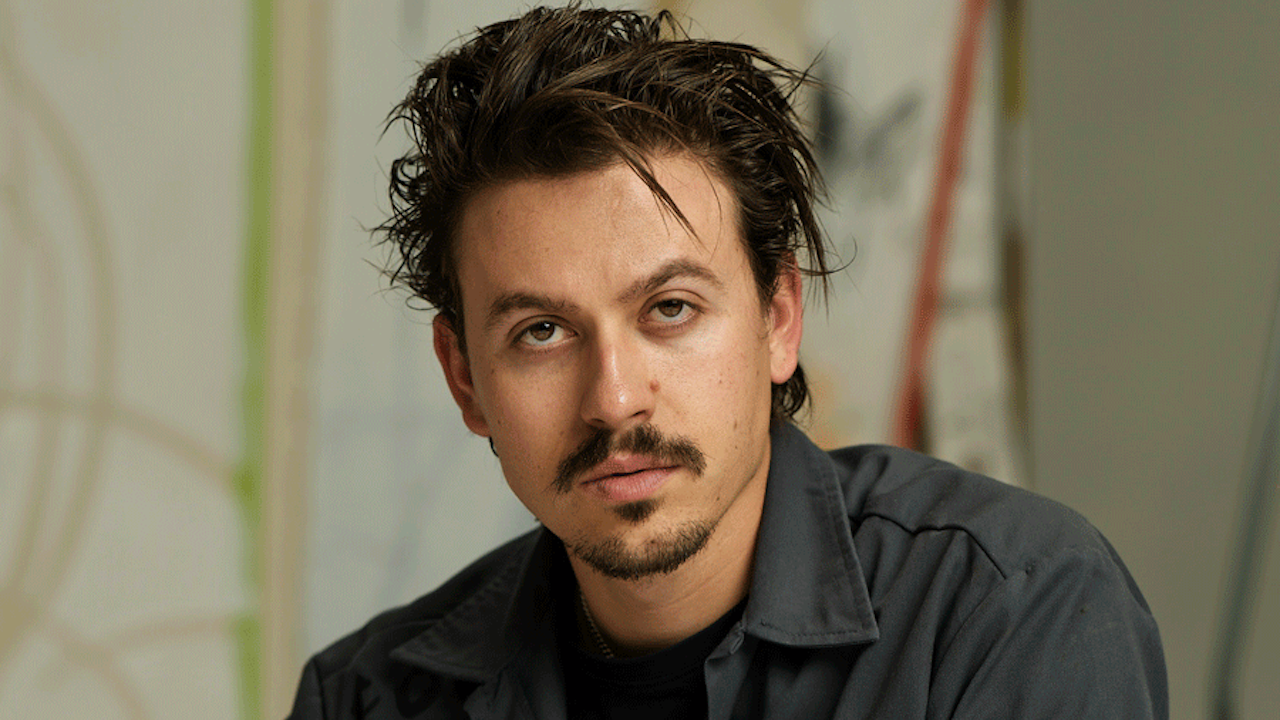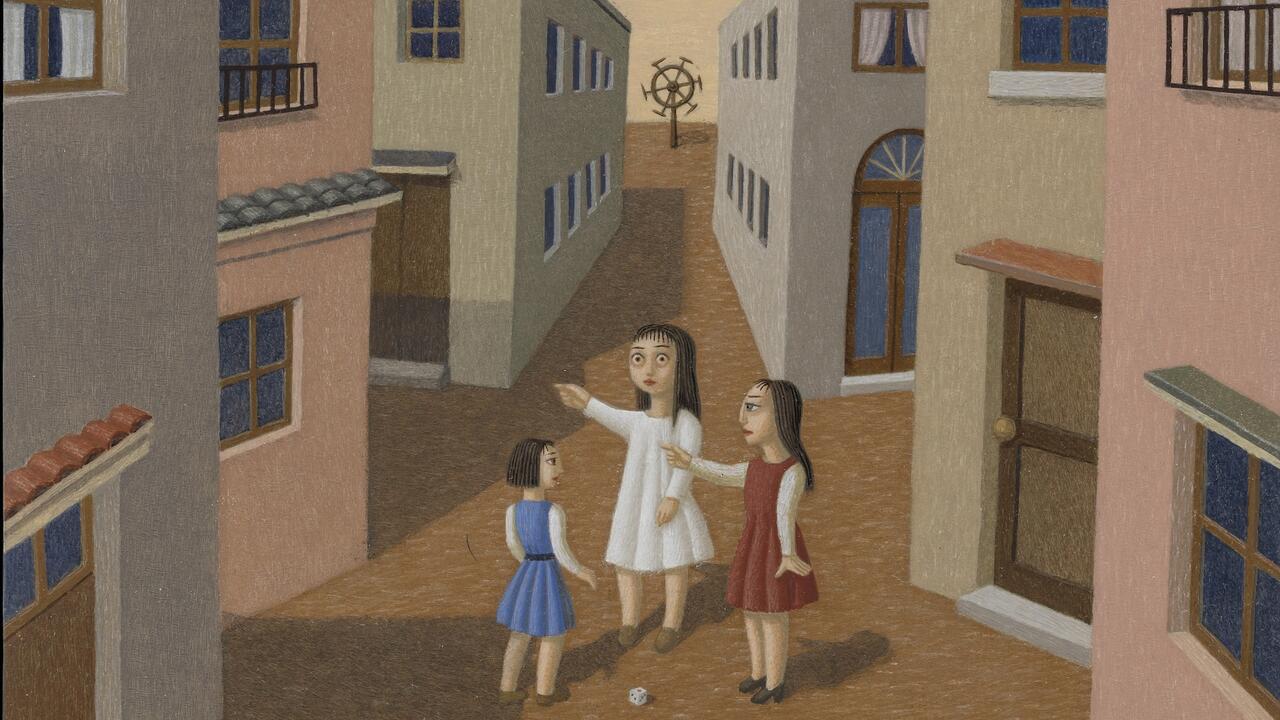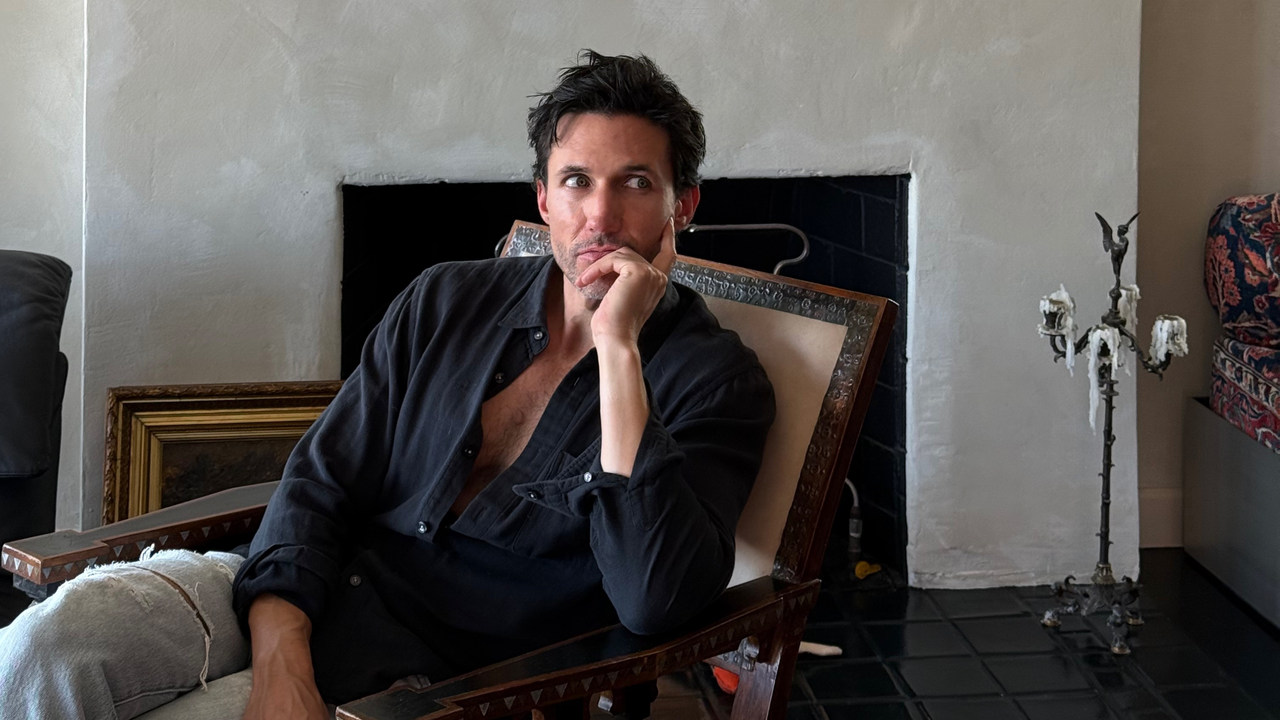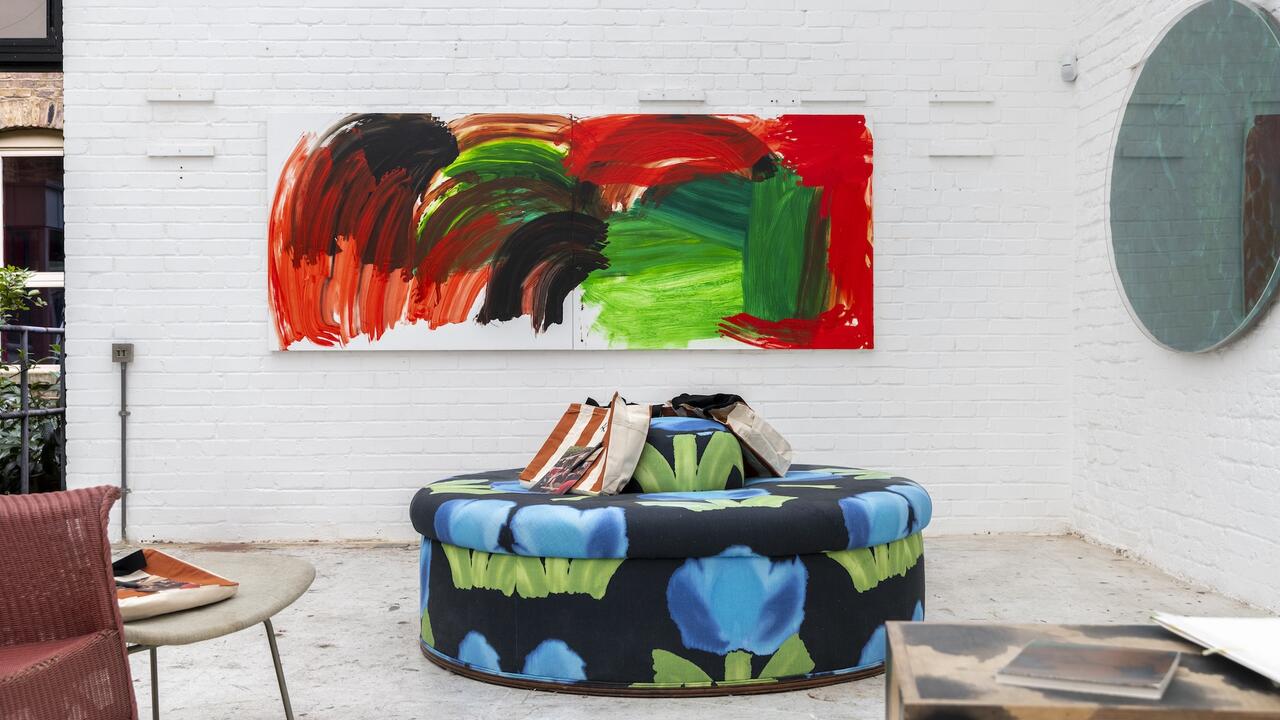Of anthems and apples: Anri Sala
Participating in Frieze Talks, and with a major project on view in the fair, Anri Sala discusses his recent projects
Participating in Frieze Talks, and with a major project on view in the fair, Anri Sala discusses his recent projects

Anri Sala was born in 1974 in Tirana, Albania. His show 'Take Over' inaugurates the new Esther Schipper gallery building in Berlin, opening during Berlin Gallery Weekend. His installation Bridges in the Doldrums (2016) is subject of a solo presentation at Frieze New York 2017 by Marian Goodman Gallery. Ahead of his participation in the Frieze Talks panel 'The Activity of a Lifetime' on Saturday, May 6, the artist spoke to Frieze.com about his recent projects.
Besides being my first exhibition with Esther Schipper, this is the first time I am working with their new space, which just opened. I was able to visit the space very early on, while it was still in construction, which allowed me to anticipate what it would become and let it 'have a say' in the kind of work I would conceive for the exhibition.
With this show, I was interested in exploring ways how music and narrative, sound and architecture, fictional and physical space, affect and overlap with each-other. ‘Take Over’, the main work on display, is a sound and video installation comprising two complimentary films involving encounters among pairs. There is a musical encounter between two anthems — La Marseillaise and the Internationale — one national and one “international”. There is a second encounter between a machine and human agency, in the form of a duet between a Disklavier (‘player piano’) and a human player; the piano is both played by the pianist but it also plays its own part. And then there is a third encounter between the projected space in the films and the space of the gallery. In each film, the space is a piano keyboard: it’s a kind of architecture (quite an ingenious architecture, actually) and landscape. Not only does it resemble a landscape of peaks and troughs, but also represents the symbolic landscape of Western instrumental tradition – its soundscape, its scales and its proportions.

The interaction of the two anthems, La Marseillaise and the Internationale, offers a kind of complementarity and opposition, both musically and politically as, in fact, they are more similar in some ways then they are different. I guess the musical affinity is due to the fact that the lyrics of the Internationale were initially set to the tune of La Marseillaise, until its original music was composed some 17years later. Both are very well-known tunes, with their own rich historical trajectories that have oscillated and shifted through time. What has actually been in flux is not them in themselves - not their scores or lyrics - but our position in relation to them. In the beginning, the audiences - for lack of a better word - of both songs were much more homogenous and objective. They knew where they stood. Whereas nowadays our political belongings have turned into subjective leanings with multiple facets, highlighting the fragmented nature of our values, standings and beliefs.
Both La Marseillaise and the Internationale started as songs of the oppressed against oppression, whether class oppression within national borders, or the supranational dictate of vested interests. Over time, the political connotations of both anthems have been shaped by successive historical developments, such as revolution, restoration, resistance, patriotism, socialism, and additional associations with nationalism, colonisation and oppression (as national anthems of France and the Soviet Union, respectively). Consequently, nowadays each anthem triggers a very different reaction depending on the one's leanings, upbringing and whereabouts. Someone from Northern Africa could react to La Marseillaise very differently from a French left- or right-leaning person. Likewise with the Internationale, a person from Lithuania, progressive or conservative, might feel very differently towards it, from an activist far away from the Russian borders. Depending on who is listening, all of a sudden, an inspiring and ennobling tune could turn into the soundtrack of the coloniser or the occupier.

How the installation unfolds in the space produces some sort of fragmentation as well, which intuitively echoes with the subjective nature of the anthems. I wanted to convey a very sculptural aspect to 'Take Over', in order to prioritise the point of view of the visitor. The films are shown simultaneously on both sides of a projection wall situated in the point of intersection between four large glass walls. While the glass panels separate the exhibition room in four spaces, the visitors are able to freely position themselves relative to the work in the space. Consequently their trajectories through the space will produce distinct points of view, which in return will determine what they see and hear. The work, acting a bit like a carousel, encourages the visitors to go around. Their different pathways will interlock and intertwine, just like the two anthems and their connotations do in 'Take Over'.
The other body of work in the exhibition is 'Them Apples', a series of forty-four drawings of apples with bites taken out of them. They are arranged on the wall in the pattern of musical notes resembling the score of the German anthem. I spent several days last summer with people from Syria, Iraq and Afghanistan, including Kurdish families, who now live in Berlin. We spent time doing all sorts of small activities. While the highlight of the exchange probably was the making of apple jam (according to a German recipe), the aim was to invite each person to take a bite out of an apple and together we would take a photograph of it. The pictures of each apple were to serve later as the basis for each drawing. We are used to thinking of drawings as starting points — a drawing becomes a painting, a sketch becomes a building, a storyboard becomes a film — but I wanted to produce instead an experience, a process, a reality, where the drawing would be the endpoint. So, there’s the trajectory of the process which has its end-point in a drawing; I suppose there’s also the more metaphorical idea of the trajectory that these people have travelled, from their various countries, through war, to Berlin.

The apple carries multiple associations or meanings — it can be a symbol of the Fall, of sin and eternal loss, or the uplifting token of curiosity, enlightenment and emancipation. These contradictory projections draw some similarity with how we relate to current crises, including the refugee crisis. How people relate to the refugees and whether one sees in them a danger or an opportunity, is also a question of positioning and projection.
That said, I don’t want to be too fixed in the symbolical meaning of the drawings, but rather the trajectory from the process that preceded them to their inherent individualities (the bite is a like a fingerprint, it's unique to each individual).

At Frieze New York, I’ll be showing Bridges In The Doldrums (2016), a sculptural installation based on a music performance I did in London, at the Frieze Sculpture Park in 2016, in collaboration with the musician Andre Vida. We picked about 74 bridges from songs - pop songs, jazz songs, traditional songs, excerpted and arranged them into a musical score for wind instruments (a saxophone, a trombone and a clarinet) and percussion. The bridges follow each other in a continuous construction: bridge leading to bridge, from the slowest to the fastest. In its installation form, four custom-made drums — three suspended in mid-air and one fallen on its side on the ground — play the bridges, their drumsticks responding to the vibration of their beats.
Within songwriting, the section of the bridge features attributes that usually tent to contradict and undermine the rest of the song, producing moments of suspense and alienation. They temporarily drift the listener away from the song’s destination, which is usually embodied by the verse and chorus sections. Throughout Bridges In The Doldrums some of the chosen bridges were extracted from very well-known songs. We usually tent to remember the verses or choruses of well-known songs – not their bridges – however at different stages of the piece, some bridges from songs we are familiar with inevitably produce glimpses of recognition. Upon recognition, these bridges loose their underdog attributes, turning into 'points of arrival' and temporary destination for the listeners.
— as told to Frieze.com
Anri Sala joins the Frieze Talks panel 'The Activity of a Lifetime' with artists Tania Bruguera, Jeanne van Heeswijk and Shuddhabrata Sengupta at Frieze New York on Saturday, May 6 at 11.30am. Entry is included with all Frieze New York tickets.
Bridges in the Doldrums is on view at the stand of Marian Goodman Gallery (Stand C8) during Frieze New York 2017, May 5-7. Tickets are available now.
Anri Sala's 'Take Over' is on view at Esther Schipper, Berlin, until June 17.








